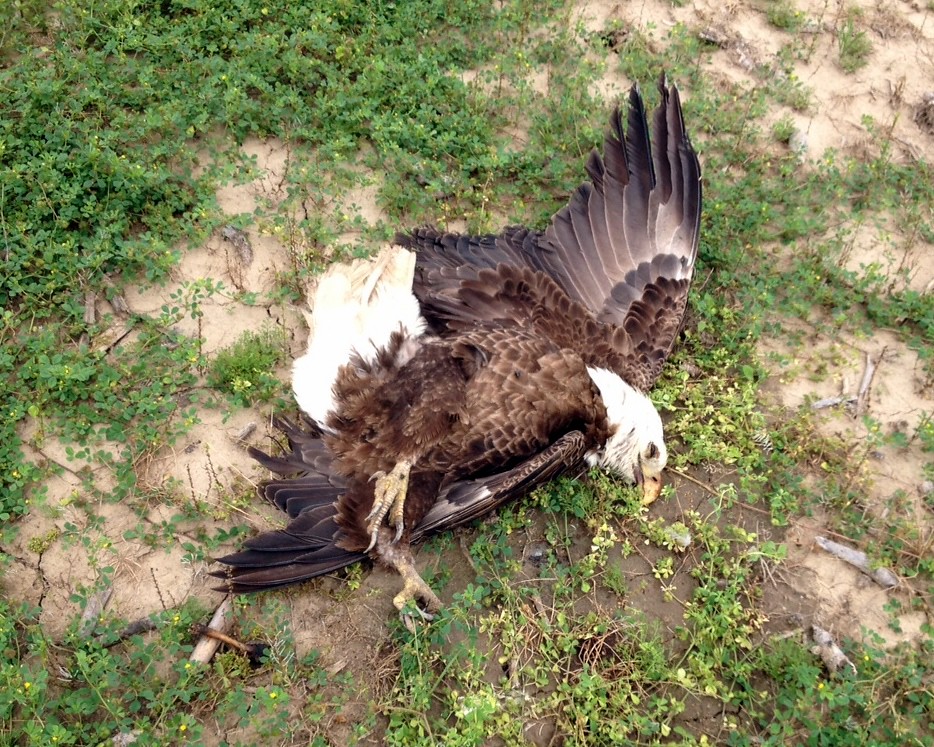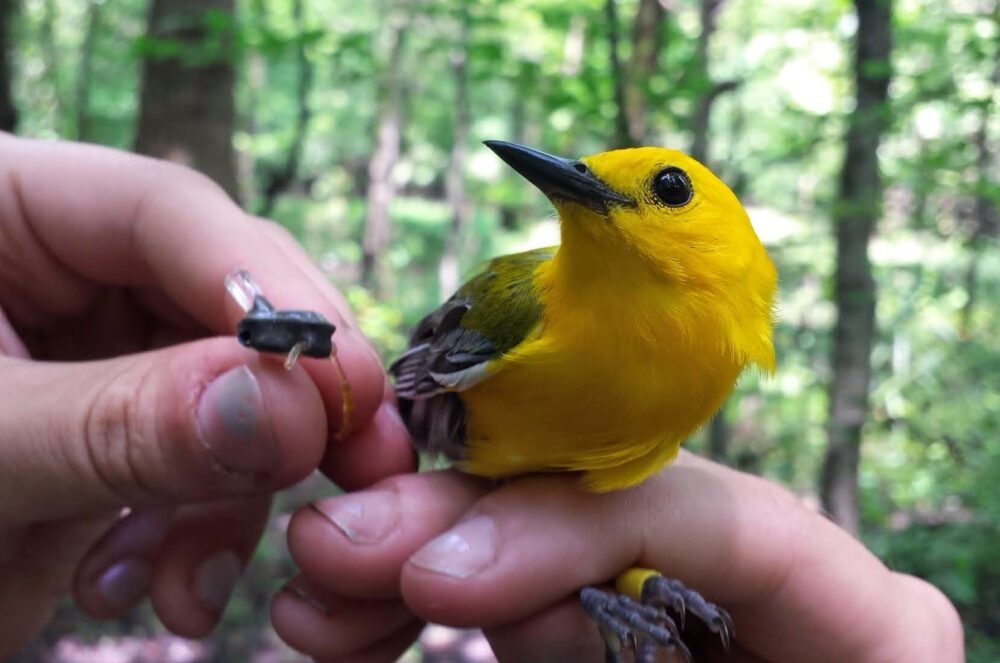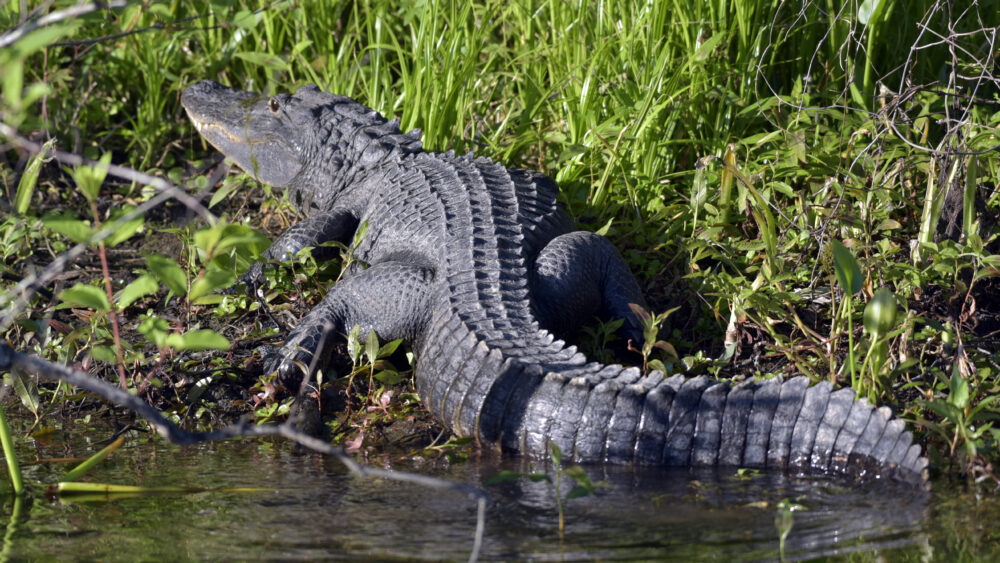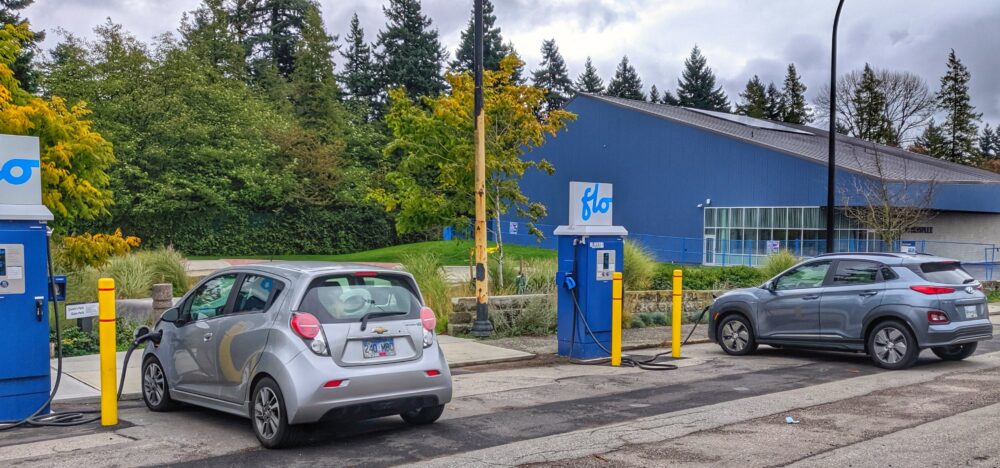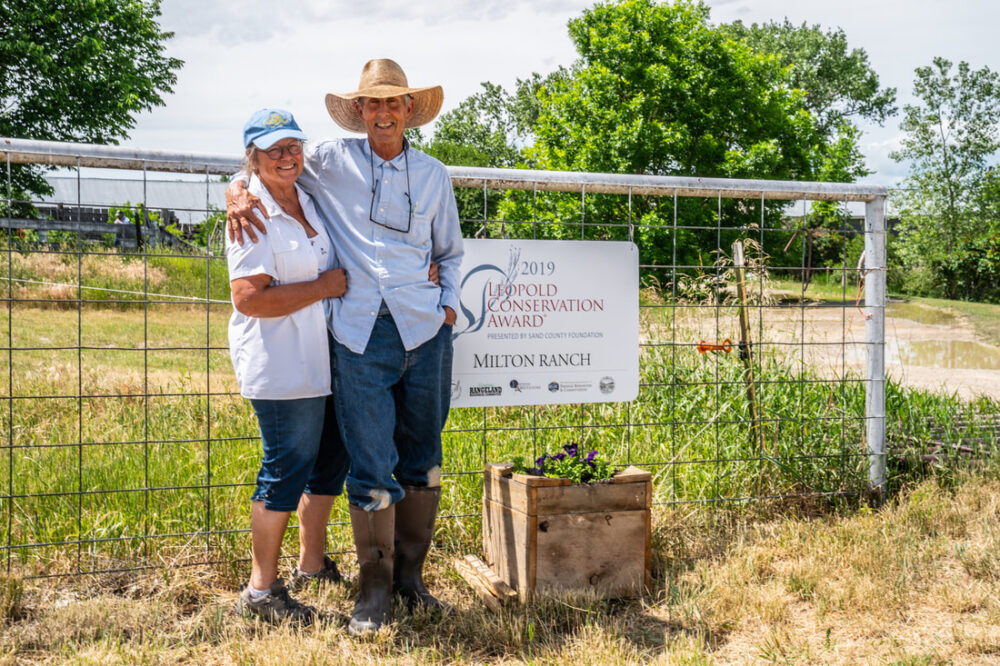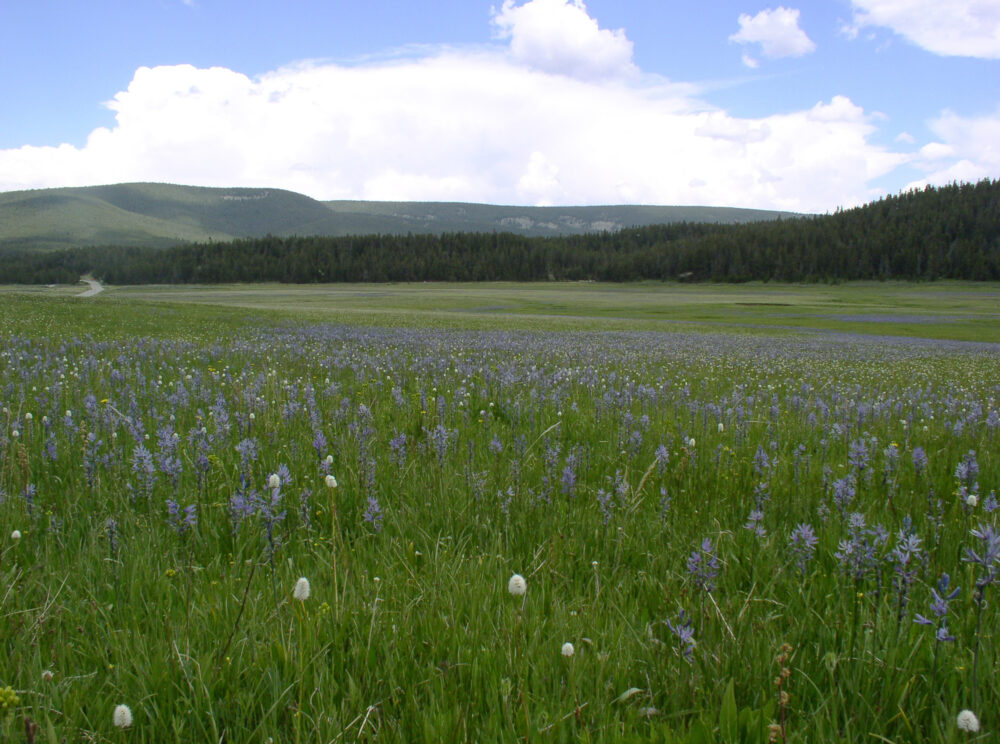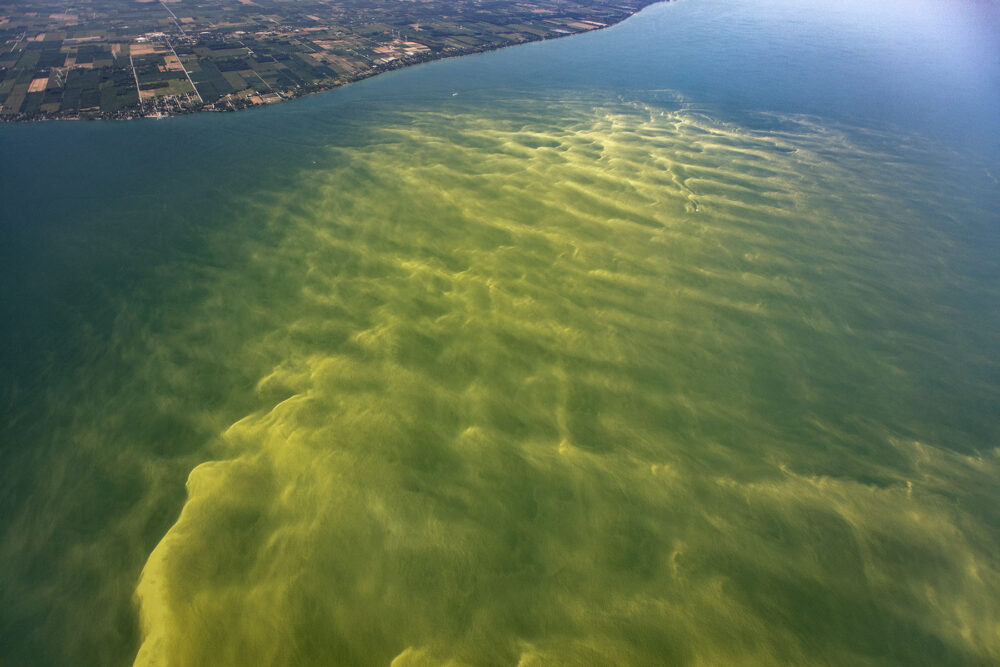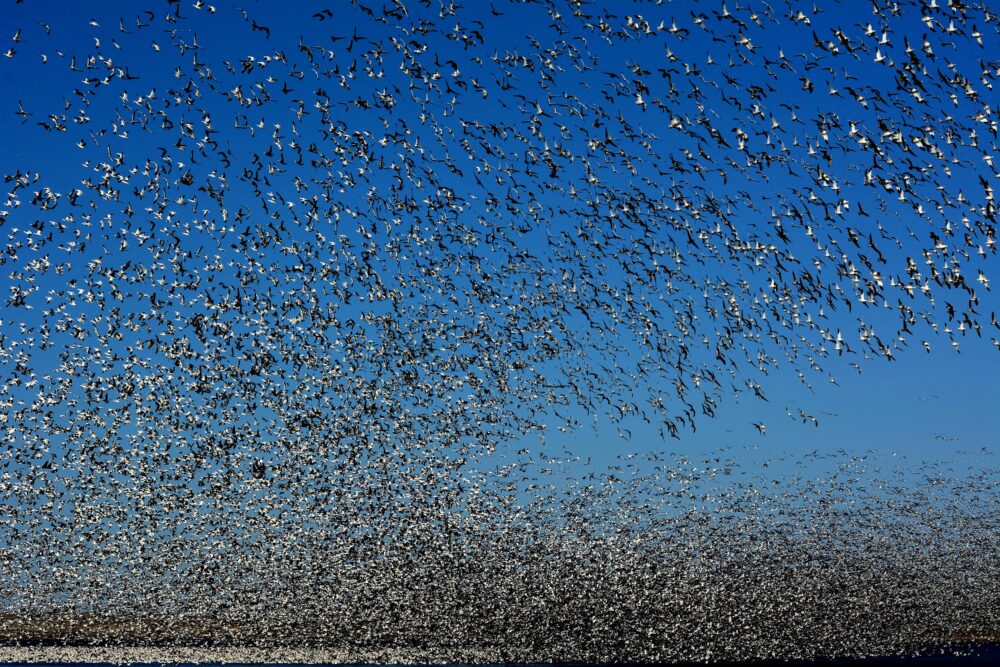We have much more to do and your continued support is needed now more than ever.
TransCanada – The Neighbor from Hell for Many Landowners
The company that’s been bullying landowners across the U.S. to put the dangerous Keystone XL tar sands pipeline under their private land wants you to feel okay about it. So they’ve hatched a handy slogan the boys from Mad Men would be proud of. They’ve been running a series of syrupy ads like this one. They tell us over and over that they’re ‘good neighbors’ in the hopes of soothing our concerns and so we might forget their past transgressions. (Note – YouTube may run an unrelated ad before running TransCanada’s ad at the link.)
Here’s the thing, saying you are a good neighbor to landowners, and repeating it over and over in TV ads does not make it so. 
So when the Washington Post had a TransCanada official shamelessly repeating his company’s slogan, I was pretty ticked. In referring to TransCanada’s consultations with Native Americans he said, “There is no legal obligation to work with the tribes. We do it because we have a policy. We believe it’s a good, neighborly thing to do.”
Actually they do have a legal obligation, but that’s another blog post.
It worries me the lies are sticking, bringing to mind the words of an infamous propagandist who once said, “if you tell a lie big enough and keep repeating it, people will eventually come to believe it.“
So as a little reminder, here’s a timeline of recent TransCanada Transgressions I put together with some colleagues. Go ahead and refill your coffee before you get started reading. It’s a long list.
Timeline of TransCanada’s Transgressions
September 17, 2009
According to TransCanada’s own analysis, the Keystone XL tar sands pipeline will be a boon for corporate profits, but a burden for American consumers.
TransCanada, in testimony to the Canadian National Energy Board, “Existing markets for Canadian heavy crude, principally [the US Midwest], are currently oversupplied, resulting in price discounting for Canadian heavy crude oil. Access to the [US Gulf Coast] via the Keystone XL Pipeline is expected to strengthen Canadian crude oil pricing in [the Midwest market] by removing this oversupply. This is expected to increase the price of heavy crude to the equivalent cost of imported crude.”
December 31, 2009
TransCanada admits Keystone XL would raise gas prices.
TransCanada submits its first permit application. In the appendix to its application to the Canadian National Energy Board, the company writes, “A Canadian heavy crude producer is expected to realize an increase in the heavy crude price of approximately $3.00 per barrel by avoiding a discount at the [United States Gulf Coast].”
June 2010
Without explaining its 180 degree turn, TransCanada now touts a new study that claims Keystone XL would lower gas prices.
From a study published on TransCanada’s website, “supplies from reliable sources leads to lower costs, thereby putting downward pressure on prices.”
July 21, 2011
TransCanada begins bullying landowners and threatening eminent domain authority.
TransCanada in a letter to Nebraska landowner R. Joe Moller, “This letter is Keystone’s final offer, and it will remain open for one month after the date of this letter or until you reject it. While we hope to acquire this property through negotiation, if we are unable to do so, we will be forced to invoke the power of eminent domain and will initiate condemnation proceedings against this property promptly after the expiration of this one month period.”
September 9, 2011
Despite its documented bullying, TransCanada now claims that negotiations with landowners have been voluntary and takes credit for successfully appropriating huge chunks of American land.
TransCanada in a press release, “To date, through direct discussions with affected land owners, Keystone XL has negotiated voluntary easement agreements with over 90 percent of Nebraskan landowners and 95 per cent of those landowners in the Sand Hills.”
September 26, 2011
Alex Pourbaix, TransCanada’s President of Energy and Oil Pipelines, says the route has been “exhaustively analyzed” and claims it would be “next to impossible” to now change it.
Alex Pourbaix in an interview with Postmedia News, “I reminded the governor that this route has been exhaustively analyzed…It would be next to impossible to go back and suggest that any of those inferior routes [be taken].”
According to the Financial Post, “TransCanada contends it would be unacceptable for Nebraska lawmakers to pass ‘after the fact’ legislation to force changes to Keystone XL’s route if it is approved at the federal level.”
Said Alex Pourbaix, “I think the likelihood of that occurring is very slim…What possible new information would be gained by having a state-level siting review?”
October 7, 2011
Asst. Secretary of State Dr. Kerri-Ann Jones tells Gov. Heineman the State Department has no authority to site oil pipeline routes.
Gov. Heineman in his response letter to Jones, “You confirmed at our meeting that individual states could enact laws establishing primary siting authority of oil pipelines, and that the federal government does not possess any siting authority for oil pipelines.”
October 11, 2011
Pourbaix meets with Nebraska State Senators and once again claims that moving the route would “jeopardize the project.”
Alex Pourbaix at a meeting with Nebraska State Senators, “We understand that the best solution from your perspective is to move the route. We don’t believe that is an option for us…the Sandhills are a challenge, but pipelines are built where there is surface water all the time.”
With regards to passing a pipeline siting law: “To do it now seriously jeopardizes the project.”
October 18, 2011
Pourbaix, again, deems moving the route “impossible.”
Alex Pourbaix in a letter to Nebraska State Senators Dubas, Langemeier, and Sullivan, “As we discussed in the meeting, at this late date in the federal Presidential Permit process, it is impossible for us to move the route to avoid the Sandhills.”
November 14, 2011
But, wait…TransCanada now announces that they will change the route and that Nebraskans will “play an important role in determining the final route.”
Alex Pourbaix in a TransCanada press release, “I can confirm the route will be changed and Nebraskans will play an important role in determining the final route.”
November 29, 2011
TransCanada CEO, Russ Girling, admits that re-routing the pipeline is easy.
As told to Bloomberg, “TransCanada Corp. may be able to win approval of its Keystone XL pipeline in six to nine months as the company negotiates with Nebraska and U.S. officials over a new route, Chief Executive Officer Russ Girling said.”
Said Girling, “We can re-route this pipeline quite easily.”
December 2, 2011
Pourbaix can’t promise that the pipeline won’t be for foreign export.
Alex Pourbaix in testimony before the House Energy and Commerce Committee when pressed by Congressman Ed Markey (D-MA) to guarantee that the Keystone pipeline would not be for foreign export, December 2, 2011, “In many ways, I can’t do that because I am merely the shipper of this oil and that is a question…” When asked to make it a condition of their agreement with their shipping companies, Pourbaix replied, “No, I can’t do that. We’ve already agreed to our shipping arrangements.”
February 2, 2012
TransCanada confirms that they will not be using any steel from India to help build the pipeline.
TransCanada’s government relations staff in an email to Energy and Commerce Committee staff said, “We have not sourced any steel from India.”
February 17, 2012
Just days later, TransCanada issues a press release, which shows that 10% of the steel will come from Welspun, India.
According to the press release, 10% of the steel will come from Welspun, India and 16% from Italy.
September 14, 2012
Despite the fact that the State Department made clear that routing authority belonged to the states, TransCanada accuses State of forcing them to modify the route.
As reported in TransCanada’s interview with the Nebraska Radio Network, “Some critics have suggested TransCanada should have proposed building Keystone XL along the original Keystone pipeline path, now operating in eastern Nebraska. Pourbaix said the State Department would not have agreed to that proposal, because it would have had to cover more ground.”

